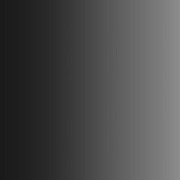In-camera vs on-camera light meters
-
Recently Browsing 0 members
- No registered users viewing this page.
-
Similar Content
-
- 34 replies
- 4,525 views
-
- 12 replies
- 565 views
-
- 2 replies
- 151 views
-
- 6 replies
- 6,556 views
-
- 25 replies
- 5,446 views
-





Recommended Posts
Join the conversation
You can post now and register later. If you have an account, sign in now to post with your account.
Note: Your post will require moderator approval before it will be visible.